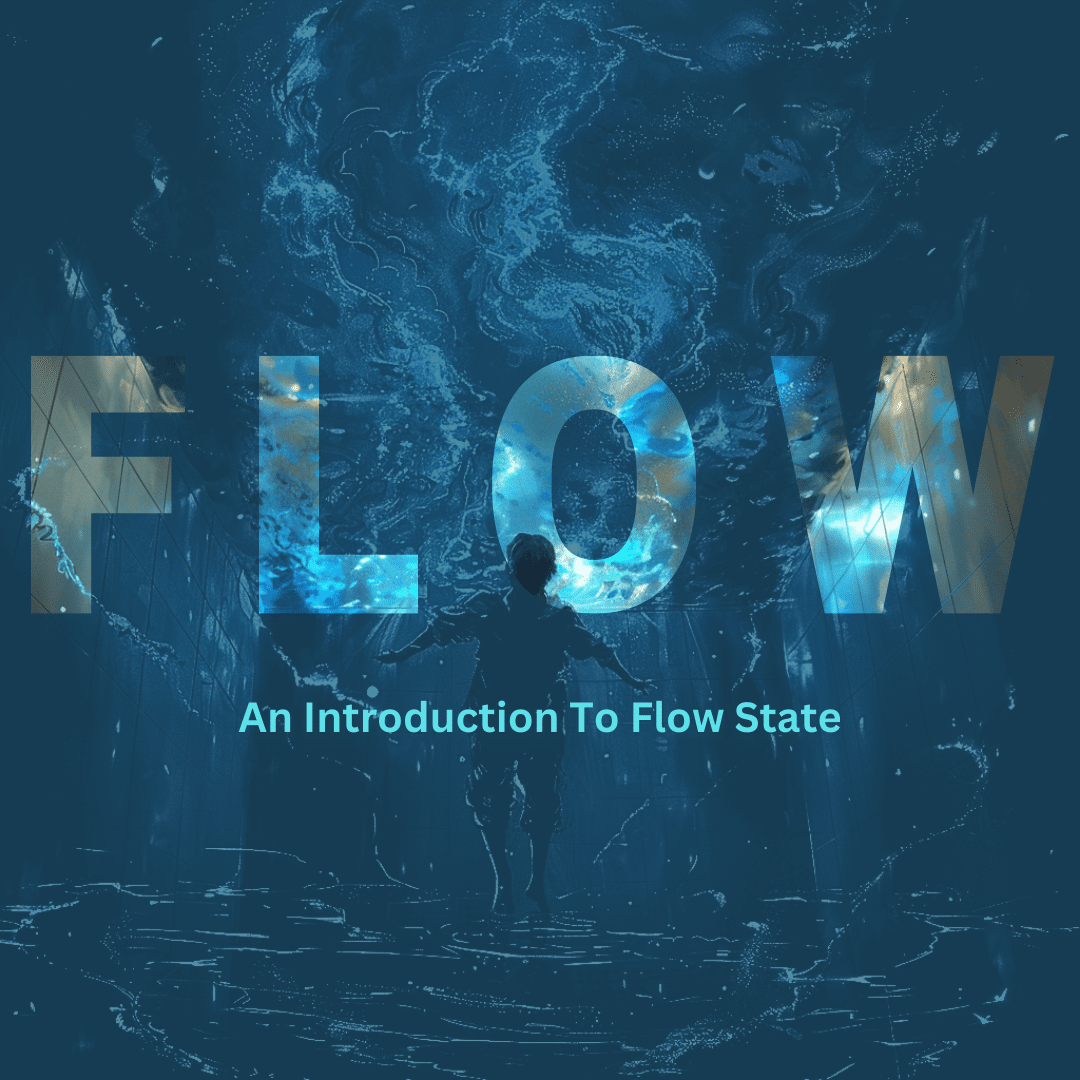Introduction to Flow State
Flow state, often described as being “in the zone,” is a mental state where individuals experience complete immersion and engagement in an activity. This concept, introduced by psychologist Mihaly Csikszentmihalyi, has gained significant attention for its ability to enhance productivity, creativity, and overall well-being. With constant distractions and an ever-increasing demand for multitasking, finding ways to maintain deep work and mental focus can be a game-changer.
Origins and Importance
The origins can be traced back to ancient practices of mindfulness and meditation, where individuals sought to achieve a heightened sense of awareness and presence. However, it was Csikszentmihalyi’s research in the 1970s that brought the concept into the realm of psychology and performance studies.
He identified flow as a state “where people are so involved in an activity that nothing else seems to matter, and the experience itself is so enjoyable that people will continue to do it even at great cost.”
Whether you’re an athlete aiming for peak performance, a professional seeking to enhance productivity, or a creative individual looking to unlock new levels of innovation, the ability to enter a state of immersive concentration can significantly impact your success. The benefits extend beyond just productivity; they also include improved mental well-being, reduced stress, and a greater sense of fulfillment.
The Science
Neurological Aspects
Achieving a flow state involves complex neurological processes. When individuals enter a this state, their brain activity undergoes significant changes, particularly in areas associated with focus, motivation, and reward.
One key aspect is the balance between the prefrontal cortex and the limbic system. The prefrontal cortex, responsible for higher-order thinking and decision-making, temporarily downregulates, allowing for a more seamless and intuitive performance. This phenomenon, known as “transient hypofrontality,” enables individuals to experience effortless attention and heightened creativity.
Neurotransmitters also play a crucial role in facilitating flow. Dopamine, often referred to as the “feel-good” neurotransmitter, is released in higher quantities during flow states, contributing to feelings of pleasure and motivation.
Additionally, norepinephrine and endorphins are released, enhancing focus and reducing the perception of pain or discomfort. These chemical changes create a state of hyperfocus, where individuals can maintain deep work for extended periods.
Research Findings
Research studies have provided valuable insights into the neurological underpinnings of this phenomena. Functional MRI (fMRI) scans have shown that during flow, there is increased activity in the brain’s reward circuitry, including the nucleus accumbens and the ventral tegmental area. These findings suggest that it is not only a state of heightened performance but also one of intrinsic reward and satisfaction.
Psychological Components
Csikszentmihalyi’s flow model outlines eight characteristics of flow, including clear goals, immediate feedback, and a balance between challenge and skill. These elements create an environment where individuals can fully immerse themselves in an activity, leading to an optimal experience.
Mental states associated with flow include a sense of control, loss of self-consciousness, and a distortion of time perception. When in this state, individuals often report feeling as though time either speeds up or slows down, allowing them to remain deeply engaged in the task at hand.
This state of engaged focus is crucial for achieving peak performance, as it minimizes distractions and maximizes efficiency.
Benefits
Personal Benefits
Achieving a flow state offers numerous personal benefits that can significantly enhance one’s quality of life. One of the most notable advantages is enhanced creativity.
When individuals enter a state of creative flow, they often find themselves generating innovative ideas and solutions with ease. This heightened level of creativity is not only beneficial for artistic endeavors but also for problem-solving in everyday life.
In addition to boosting creativity, it also contributes to increased satisfaction and happiness. The immersive concentration experienced during flow allows individuals to become fully absorbed in their activities, leading to a sense of accomplishment and fulfillment.
Improved mental health is another significant benefit of achieving flow. The deep work and mental focus required to enter a the state can help reduce stress and anxiety by providing a sense of control and purpose.
Professional Advantages
The professional advantages of achieving flow are equally compelling. One of the most immediate benefits is boosted productivity and efficiency. When individuals enter a it, they can maintain a high level of focus and concentration, allowing them to complete tasks more quickly and effectively. A 10-year study conducted by McKinsey stated if you increase the time spent in flow by 15-20%, the overall workplace productivity would almost double.
When individuals are able to engage fully in their work and experience a sense of purpose and accomplishment, they are more likely to find satisfaction in their careers. Enhanced problem-solving skills are another important benefit of achieving flow in the workplace.
How to Achieve Flow
Recognizing Triggers
Achieving a flow state begins with recognizing the triggers that facilitate this optimal experience. Personal triggers can vary widely from one individual to another, but they often include activities that align with one’s interests and strengths.
Environmental factors also play a crucial role in achieving flow. A conducive environment minimizes distractions and promotes immersive concentration. Timing and routine are other critical factors in recognizing triggers.
Balancing Challenges with Skills
One of the key principles of achieving flow is balancing challenges with skills. The activities you engage in should be challenging enough to keep you interested but not so difficult that they cause anxiety. Continuous learning and improvement are vital for maintaining this balance. As you develop new skills and gain more experience, the challenges you face should evolve accordingly.
Setting Goals That Facilitate Flow
Setting clear, achievable objectives is another essential strategy for achieving flow. Goals provide direction and purpose, helping you stay focused and motivated. Focusing on the process rather than the outcome is also important for achieving it. Regular assessment and adjustment of your goals are necessary to maintain flow.
Conclusion
Achieving a flow state is a practical and attainable goal that can significantly enhance your personal and professional life. The benefits of flow, from heightened creativity and mental focus to improved productivity and overall well-being, are too compelling to ignore. By understanding the science behind flow, recognizing your personal triggers, balancing challenges with your skills, and setting clear, process-oriented goals, you can create the conditions necessary to enter and sustain this optimal state.
For those interested in exploring deeper insights and related resources, books like Mihaly Csikszentmihalyi’s “Flow: The Psychology of Optimal Experience” and Steven Kotler’s “The Rise of Superman” offer in-depth analyses and practical advice on achieving flow.
Also, you can click the link below to read or in-depth guide on flow and how to achieve it!


